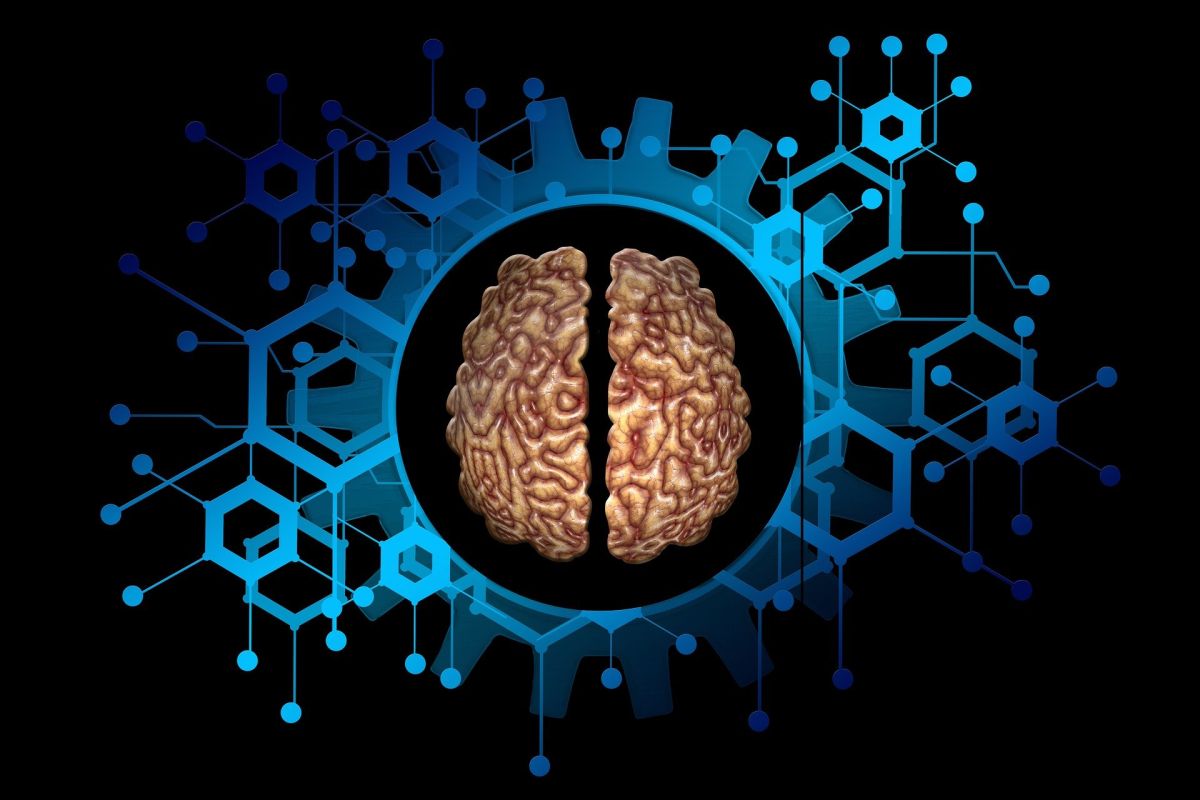Could Graphene Revolutionise Neurological Treatment?
By Zahra Salimi

A collaboration has ensued between the Nanomedicine lab at the University of Manchester and two Barcelonian institutions. It was aimed at treating neurological disorders, and has successfully secured a £12M (€14.35M) investment. This is one of the largest sums obtained to date in the European medical Nanotechnology industry. INBRAIN Neuroelectronics is a spin-out company from the Catalan Institute of Nanoscience and Nanotechnology (ICN2), and the Catalan Institution for Research and Advanced Studies (ICREA). It is in partnership with the European Commission’s Graphene Flagship program.
INBRAIN’s work is an innovative overlap of MedTech, DeepTech, and Digital Health. It intends to decode brain signals in an attempt to treat neurological disorders such as epilepsy and Parkinson’s disease. This is conducted by implanting intelligent systems of flexible nanoscale graphene electrodes. It was developed in conjunction with researchers at Manchester’s Nanomedicine Lab and the National Graphene Institute (NGI). It allows miniaturisation to nanoscale fabrication, and has the potential to reach single-neuron resolutions. Furthermore, it has the ability to detect therapy-specific biomarkers and trigger highly focal adaptive neuromodulation. This can be ultimately utilised in personalised and patient-targeted neurological therapies.
This considerable investment establishes a potential bridge between the company and the public, with INBRAIN bringing its nanoscale-graphene-electrode-based technology to people for the first time. The process will further consolidate its safety and efficacy as a novel standard of care in nanotechnology.
Commenting on this valuable collaboration, Prof Kostas Kostarelos, Professor of Nanomedicine at The University of Manchester, and co-founder of INBRAIN Neuroelectronics said: ‘’This investment for INBRAIN is a testament that graphene-based technologies and the properties of 2D materials have a unique set of propositions to offer for clinical medicine and the management of neurological disorders.
“This did not happen suddenly, though, or by a stroke of good luck in the lab,” he added. “It is the culmination of many years of persistent and consistent work. Between at least three research institutions, one of which is the Nanomedicine Lab in Manchester, the other two in Barcelona. All working closely and cooperatively under the critically important funding of the Graphene Flagship project.”
The significance of this novel technology was highlighted by a 2010 study commissioned by the European Brain Council. According to this study, with their high incidence rate and more than 35% of the population afflicted, the cost associated with brain disorders can be approximated to £700bn (€800bn) in Europe alone.
Even more considerably, around 30% of patients were indicated to be resistant to pharmacological treatment. Thus, they never received the required treatment and effective therapy. This highlights the importance of seeking investments for research in this field. With the main aim of developing more efficient therapeutic and diagnostics tools. One such tool may be these novel bioelectrical implants. They seem to be faster and safer, with fewer side-effects than conventional medical treatments.
Existing brain interfaces are composed of metals like platinum and iridium. These metals can result in significant side effects, mainly due to their inhibitory nature in miniaturization, and their manipulation of signal resolution. Consequently, this can result in a 50% rejection rate in candidate patients.
The extraordinary properties of Graphene – a light, biocompatible, flexible, and extremely conductive material – can be harnessed in much smaller devices and safely implemented. Later on it could be programmed, upgraded, and even wirelessly recharged.
Therefore, the novel graphene-based technology developed by INBRAIN provides a potential solution to the current limitations of metal-based neural interfaces.
Carolina Aguilar, the founder and CEO of INBRAIN, noted “Patients with chronic conditions are alone with their diseases. At most they see their physician 1-4 times per year for a follow-up. With less invasive and more intelligent neuroelectronic therapies, we aim to provide safer and real-time adaptive therapies. To empower them and improve the outcomes that matter to them.
“This way, patients can better deal with their condition between follow-up visits. They would get the right therapy and support when they need it.”
Furthermore, Kari Hjelt, Graphene Flagship Head of Innovation, added: “This substantial investment exemplifies the growing interest and ever-expanding opportunities to exploit graphene and layered materials in the biomedical domain. Due to its unique properties, graphene has the potential to transform this application area. The Graphene Flagship has chosen biomedical applications as a focus area for commercialization. It continues to support efforts to foster new innovations – from research to the factory floor, now and into future.”







